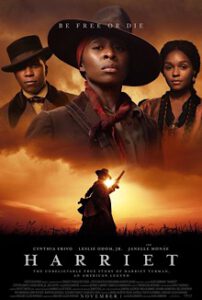
Ok, people. This is probably not going to be the most exciting post you’ve ever read, but if you teach at an institute of higher learning – especially in Germany – this post on our experiences with Grammarly Premium for the past year at Leuphana University Lüneburg may interest you warts, oops, I mean statistics and all.
Let’s start at the beginning for any of you who haven’t been bombarded with Grammarly ads. Grammarly Premium is a one-of-a-kind app for writers that uses artificial intelligence to scan a writer’s work in real time. It not only finds spelling errors, plagiarism, and over 400 types of grammar mistakes, it also offers suggestions on how to improve your writing style. It allows users to set the audience (reader’s level of expertise on the topic), register (formal or informal), tone, type of writing (academic, business, creative, technical, or personal), and genre (review, letter, fiction, etc.). None of Grammarly’s competitors has such sophisticated settings, which is one of the reasons we – after seriously reviewing the top five competitors, including ProWritingAid – decided to try it out with our students at Leuphana. Read more







